Introduction to Climate Risk
Cities and local authorities are on the frontline in facing the impacts of climate change and adopting effective climate adaptation measures. However, the convergence of shocks, stresses, and global challenges (often referred to as a “polycrisis scenario”) requires a broader approach to risk, considering environmental as well as socio-economic impacts.
Understanding and assessing risks is essential to building resilience in practice. What is a system resilient to? For whom? Risk-centered approaches must inform all development planning processes. The UNDRR Sendai Framework prioritizes understanding disaster risk in all its dimensions.
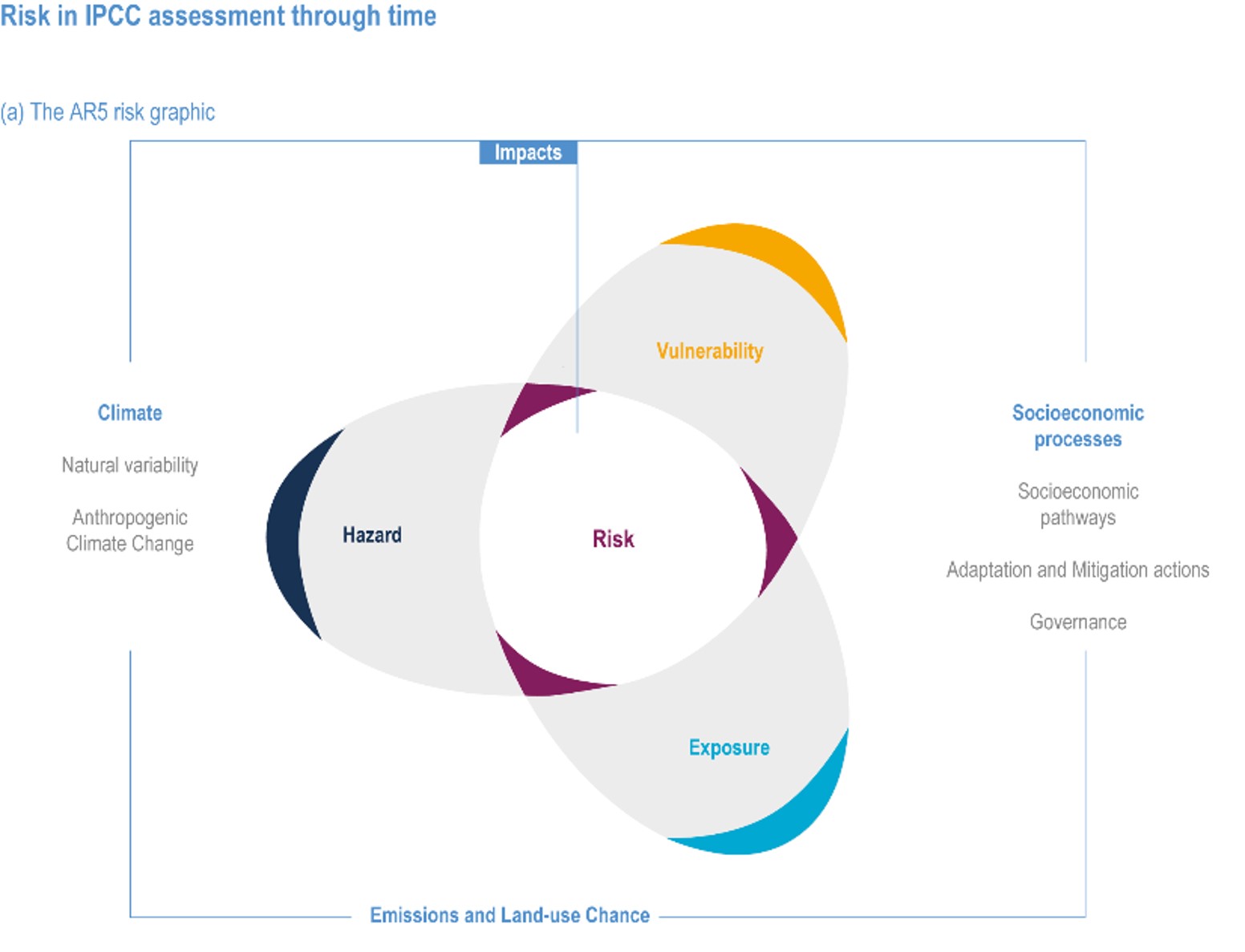
Components of Climate Risk
Climate change poses significant threats to urban environments, making resilience efforts crucial for the well-being of cities and their populations. Let’s explore some of the key challenges and why immediate action is necessary.
Climate risk is determined by the interaction between hazard, exposure, and vulnerability.
Hover over each flip card to learn more about the components of climate risk.
Hazard
Exposure
Vulnerability
Here are some examples to understand the climate risk better. Click on each example to learn in detail.
Flooding
Flooding is one of the most frequent (natural) hazards. To understand the concepts of exposure and vulnerability, imagine a row of houses built along a riverbank that frequently floods during periods of heavy rainfall. These homes are directly exposed to the risk of flooding. If the residents are low-income and the buildings are poorly constructed, they are more vulnerable to the impacts of flooding. In this sense, vulnerability reduces the ability of people and ecosystems to cope with the effects of climate change. On the contrary, increasing adaptive capacity reduces vulnerability. Approaches to analysing and assessing vulnerability have evolved and can differ across communities, societies, regions, as well as change through time.
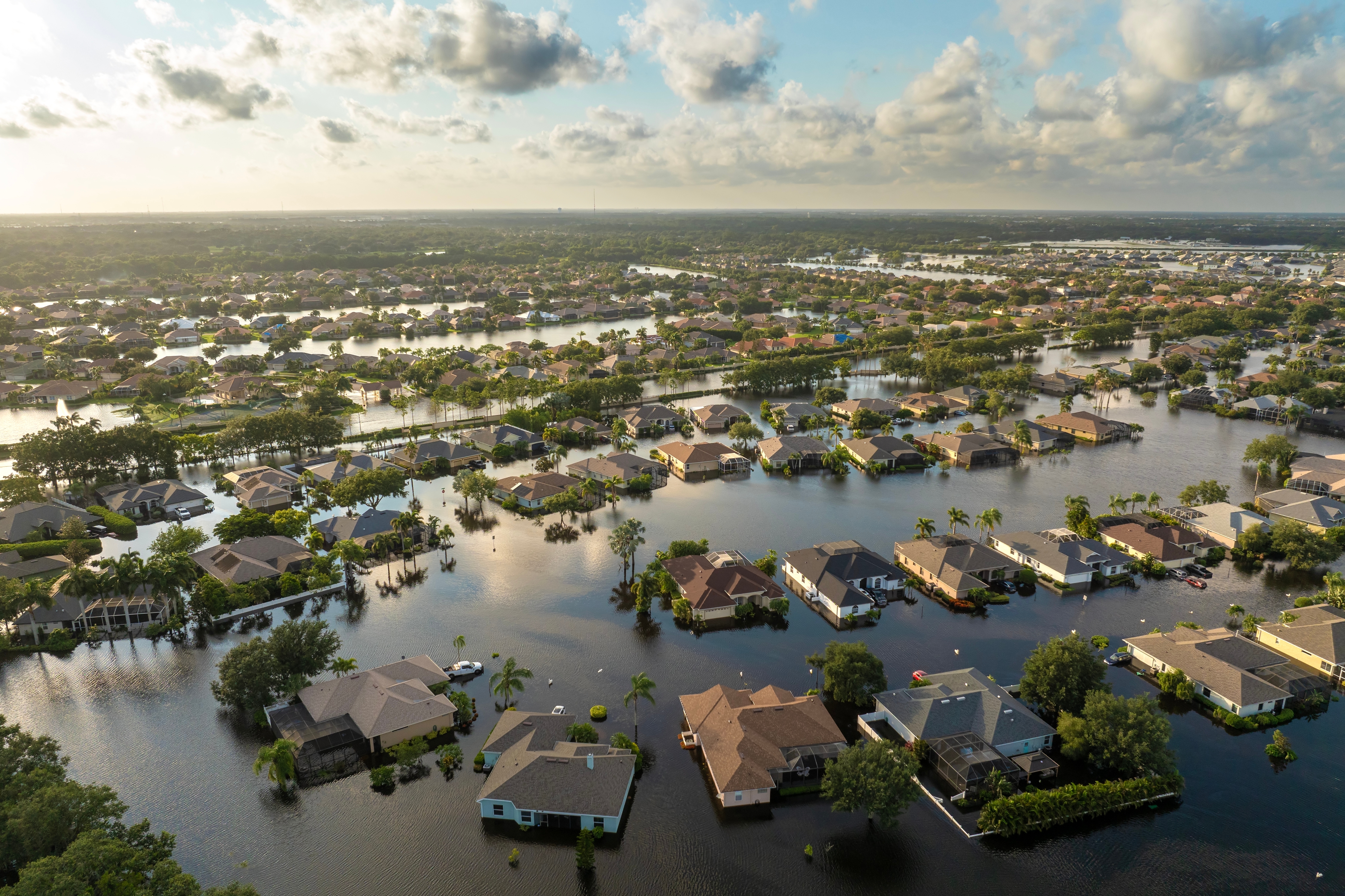
Extreme Heat
Extreme heat is becoming increasingly prevalent in Europe, especially in Mediterranean cities, due to human-induced climate changes. During summer, temperature can exceed 40 degrees, with heatwaves lasting for days or even weeks. This represents a significant climate hazard as prolonged exposure to extreme heat can lead to heat-related illnesses and increase mortality rates. Tools such as the thermal assessment and heat maps can help quantifying the hazard, assessing the thermal behaviour of cities and indicating the exposure of specific urban areas to the heat island effect. Socio-economic analysis can complement the assessment of vulnerabilities in specific neighbourhoods and communities. Together, these results support and inform adaptation policies, helping decision-makers developing strategies to protect at-risk populations from future extreme heat events. These measures aim to reduce exposure and vulnerability to extreme heat, increasing adaptive capacity.

Understanding Risk Management
Cities and urban areas are more densely populated and
interconnected than ever before, increasing not only economic
competitiveness but also vulnerabilities.
Understanding each component of climate risk and its trends helps identify actions to reduce risk and build resilience. Comprehensive risk management supports informed decision-making. Both national and local authorities play essential roles in managing climate risks and building resilience. They:
- Provide essential services and share information, ensuring communities receive basic services and critical updates.
- Lead recovery and reconstruction, overseeing rebuilding efforts after disasters.
- Influence national policies, implementing successful local initiatives that can shape broader national policies.
- Empower communities, strengthening local communities to handle climate risks more effectively.
Empowering local authorities and communities is vital in facing climate change and its associated risks.
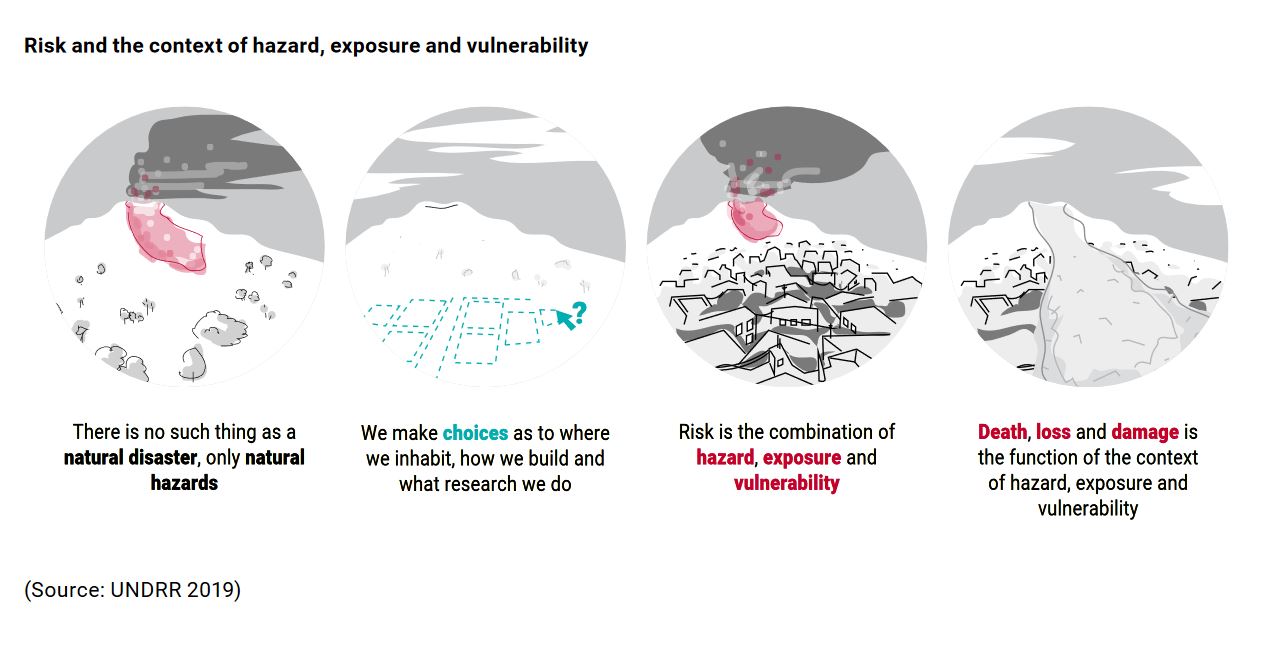
Figure 1: Risk and the context of hazard, exposure and vulnerability. Source: UNDRR
Disaster Risk Reduction
In the context of climate resilience, Disaster Risk Reduction (DRR) specifically focuses on reducing risk associated with natural and human-made hazards, such as floods, droughts, wildfire etc. Disaster risk reduction can also apply to non-human-induced hazards, such as earthquakes or volcanic eruptions. The main objective of DRR is to protect societies and communities from disasters and enhance their capacity to cope with these events. Preparedness, response, recovery and long-term risk reduction are key components of DRR.
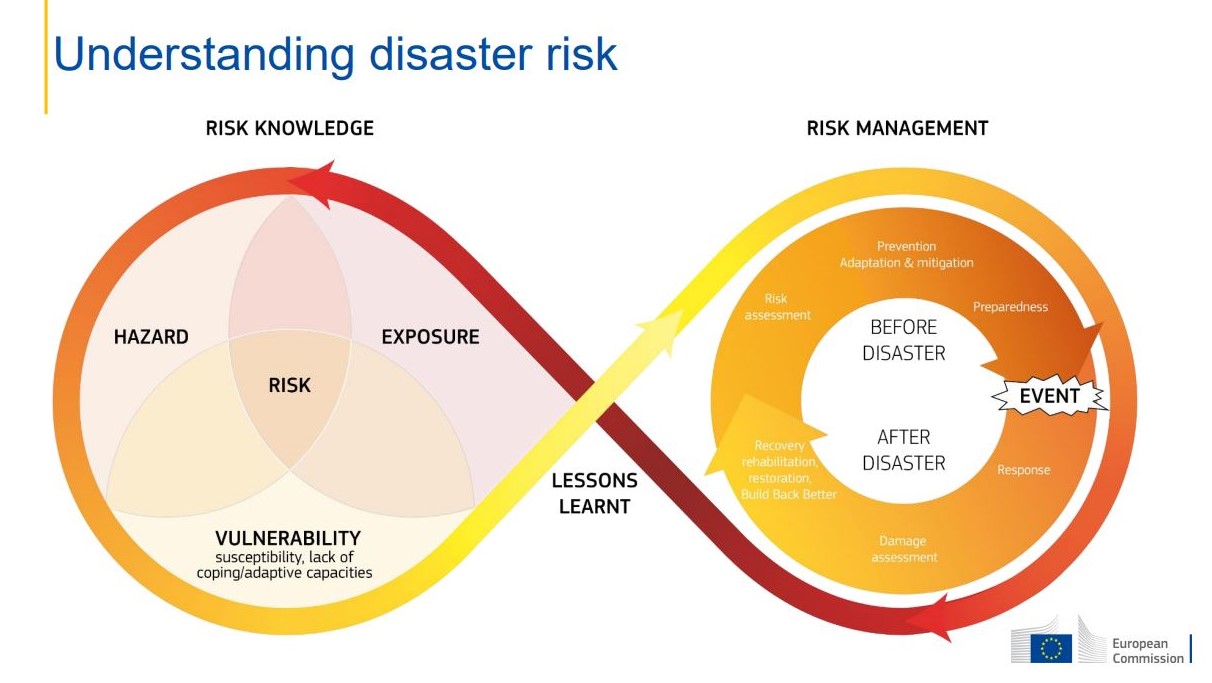
Figure 2: Understanding disaster risk. Source: Disaster risk management knowledge centre
Sendai Framework for Disaster Risk Reduction
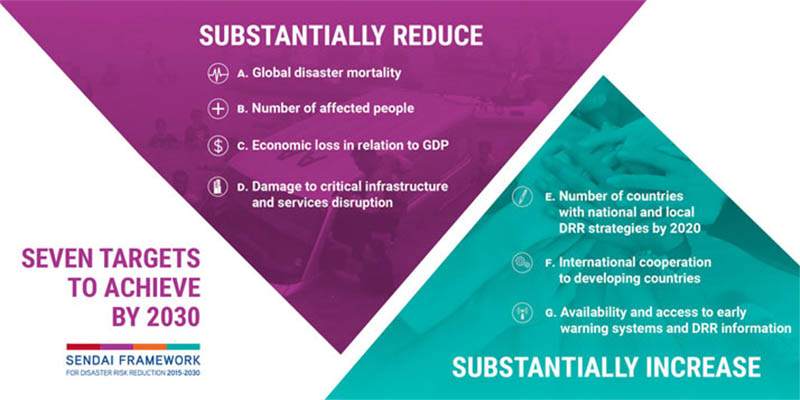
At the global level, the Sendai Framework for Disaster Risk Reduction 2015-2030 was the first major agreement between member states on DRR and indicates concrete actions to protect development gains from the risk of disasters. The Framework provides a comprehensive approach to disaster risk management, highlighting the importance of multi-hazard, multi-sector and inclusive strategies to mitigate risk and increase resilience.
The seven targets of the Framework aim to reduce the global disaster mortality, the number of affected people, the economic loss in relation to GDP, and damage to critical infrastructure. On the contrary, the targets focus on increasing international cooperation, the adoption of DRR strategies and access to critical information for prevention (i.e., early warning systems). Nevertheless, the challenge remains the localization of the Sendai Framework, ensuring adequate resources, incentives, institutionalization processes, capacity-building efforts and strengthening local governance.
Summary
Reflection
1. What is the relation between the concepts or risk and resilience?
2. How is risk defined and what are its main components?
3. What is disaster risk reduction and how is it conceptualized in the Sendai Framework for Disaster risk Reduction 2015-2030?




